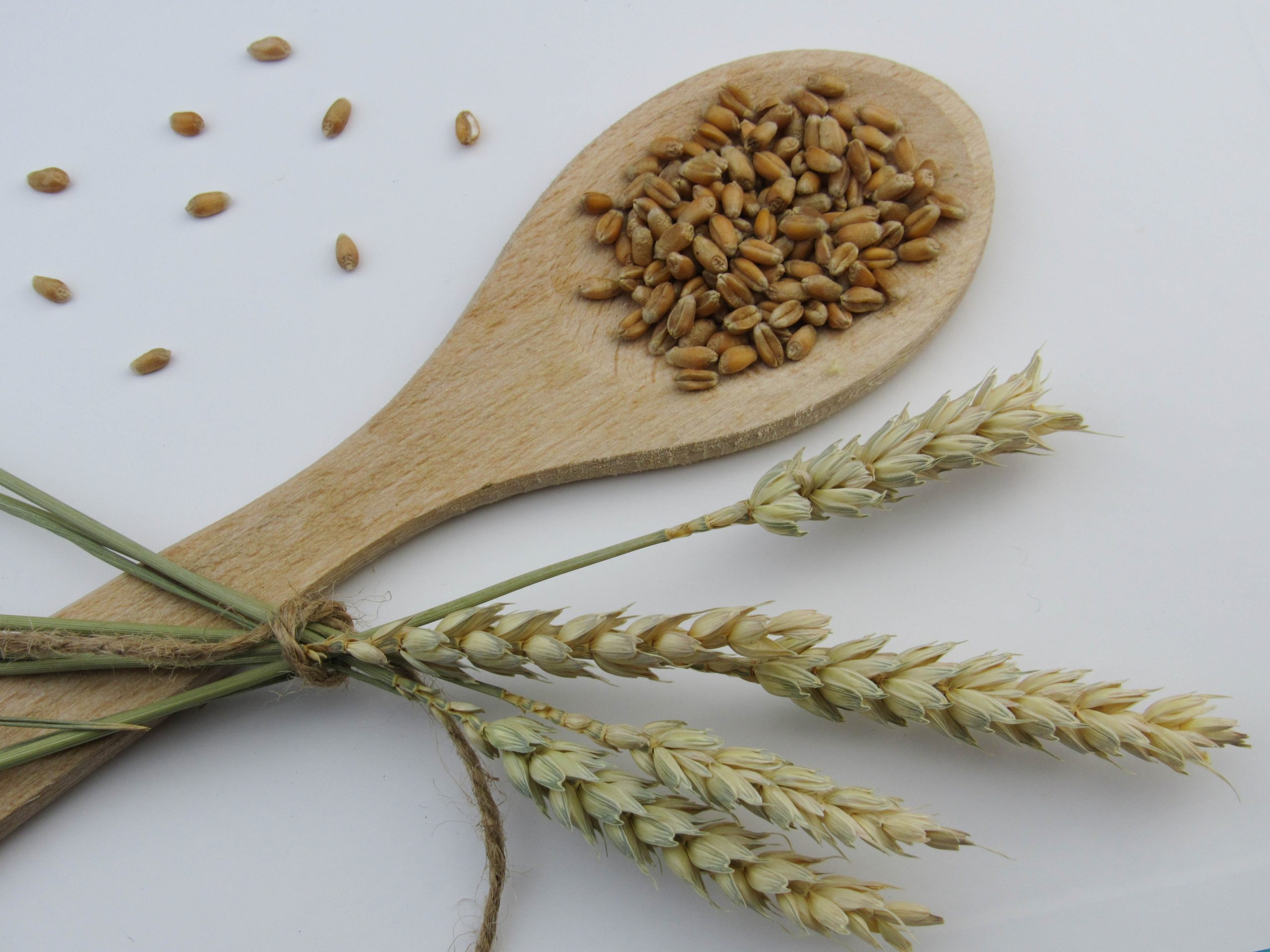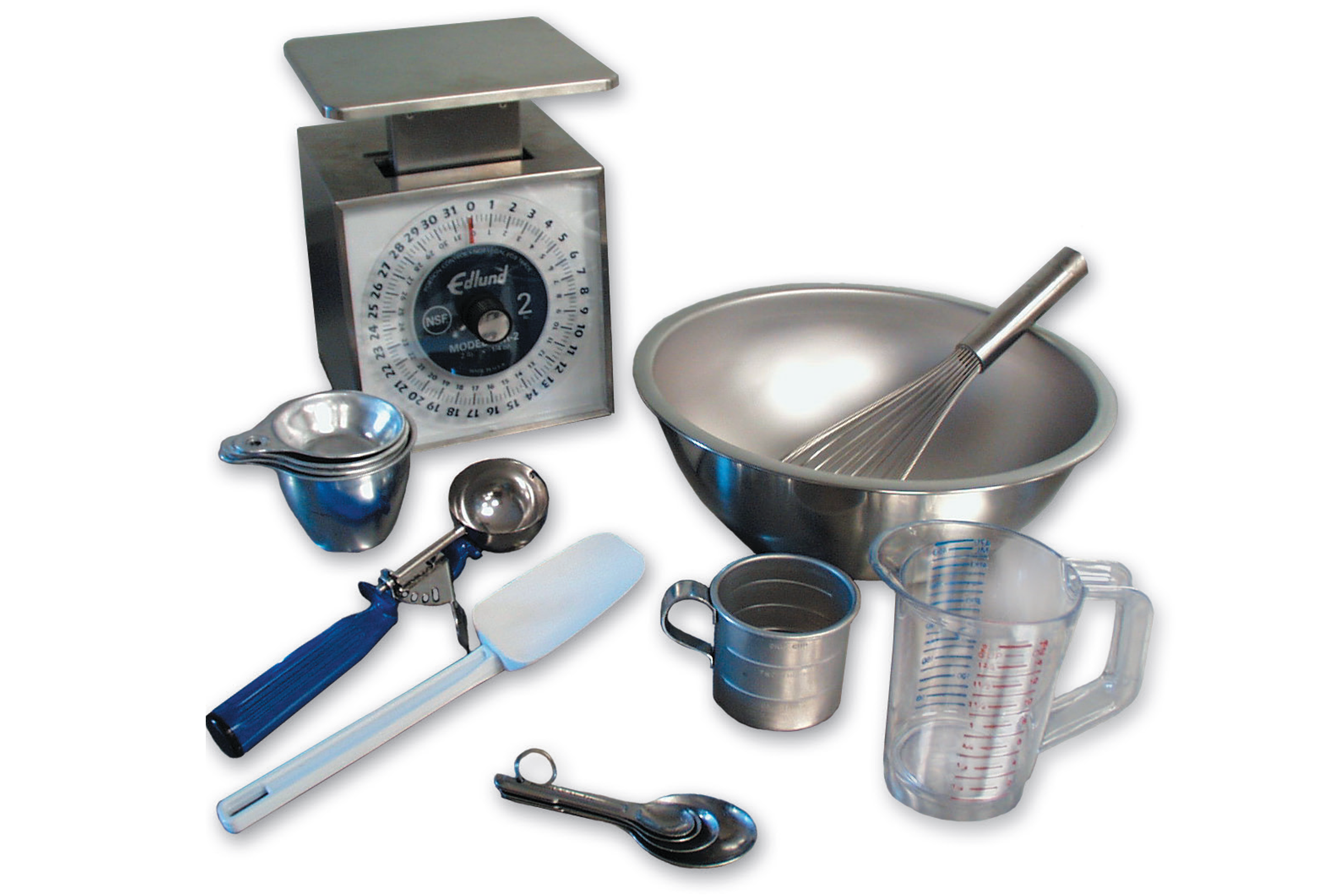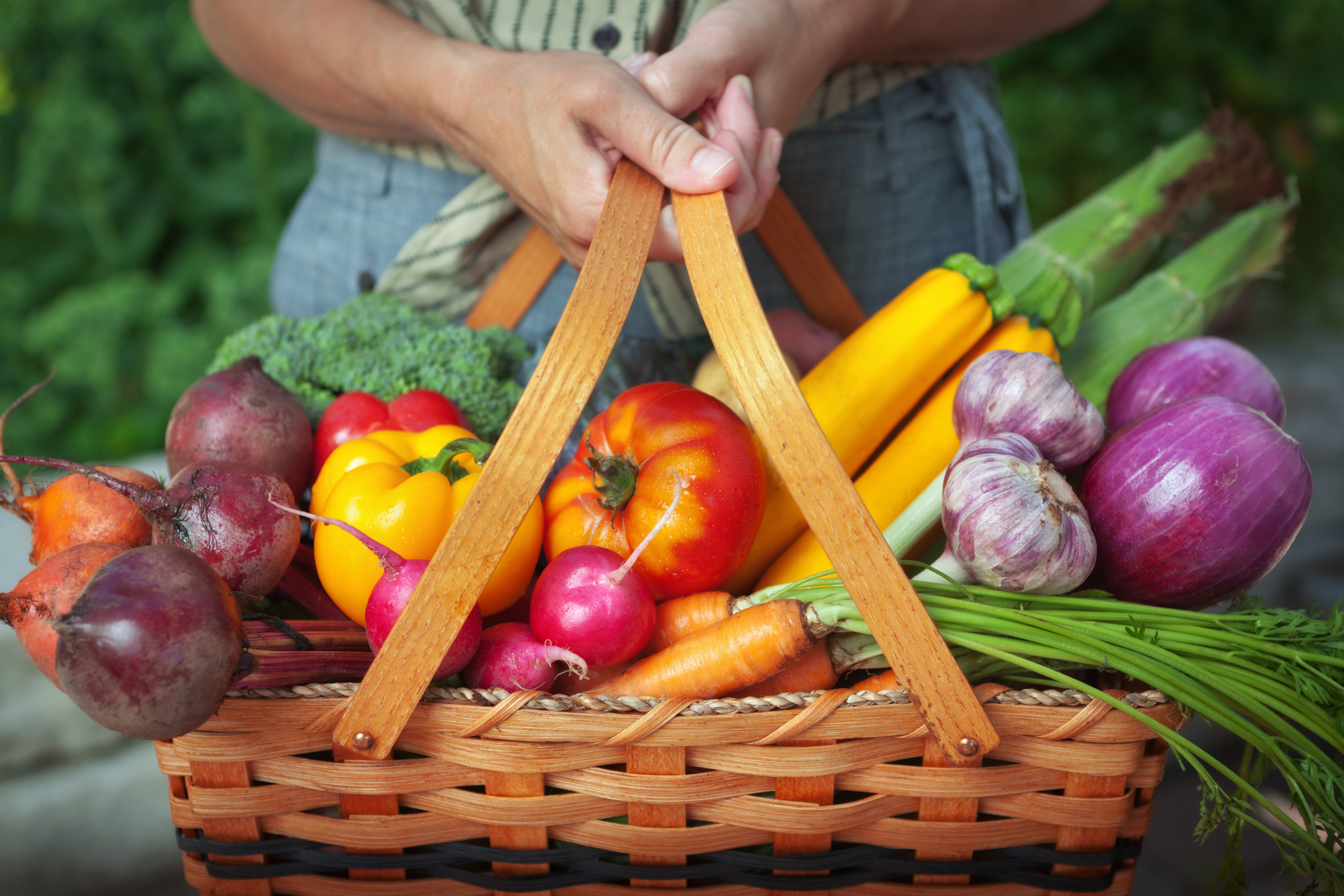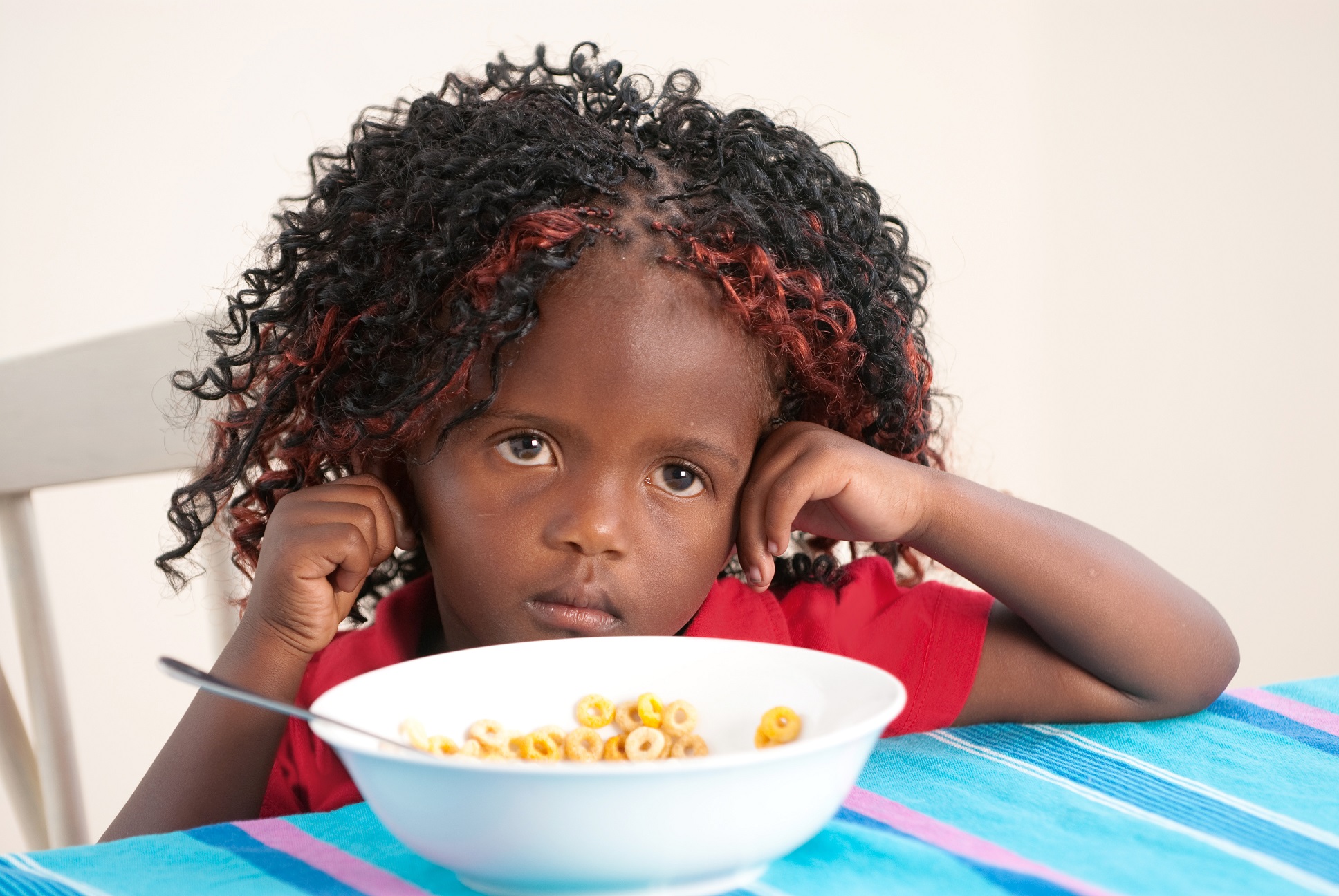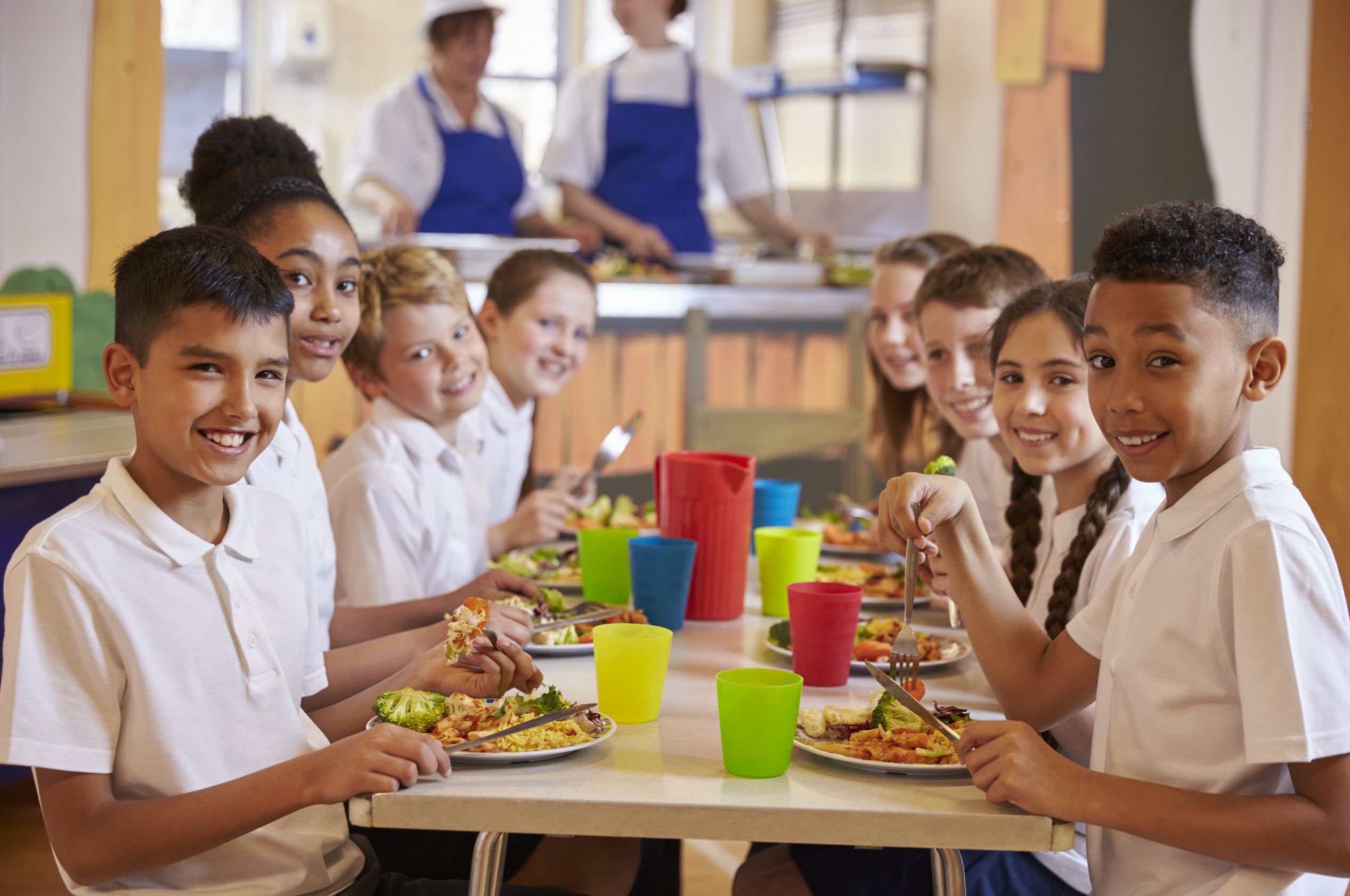

July Food Themes
July’s theme is Harvest Highlights!
Nature’s harvest embodies all the spectrums of color. Nature shows us that nothing is alike—colors, shapes, sizes, and imperfections. Nature can be an excellent teacher in so many ways.
National Watermelon Month

Watermelon is a colorful and juicy fruit and a refreshing treat on a warm summer day. It is most commonly enjoyed by eating the red flesh. The rind can be prepared in a stir-fry or even pickled! Watermelon is a thirst quencher, with every bite containing 92% water! Packed with vitamins A and C, it is a nutritious choice for a snack or meal. Did you know that the first known watermelon was harvested in Egypt about 5,000 years ago? Early explorers also used watermelons as canteens.
Books to Consider
- Icy Watermelon by Mary Sue Galindo
- Watermelon Madness by Taghreed Najjar
- The Watermelon Seed by Greg Pizzou
Register on the Harvest for Healthy Kids website to receive access to their free watermelon toolkit that includes activity plans, picture cards, newsletters, recipes, and more!
**Harvest for Healthy Kids features toolkits for beets, asparagus, winter squash, potatoes, sweet potatoes, carrots, winter root vegetables, cabbage, berries, apples, beans, cauliflower, and tomatoes.**
National Freezer Pop Day – July 8th

Freezer pops can be made using just about anything. Typically, they are made with juice, fruits, yogurt, or even ice cream. Make homemade freezer pops for a fun activity with the children in your care. Try USDA’s yummy pineapple-orange Frozen Fruit Pops, or create your own flavors using local, in-season produce! Keep in mind that freezer pops are only creditable for reimbursement if they are 100% juice.
Books to Consider
- Popsicles on the Run by Cheryl Reynolds
- The Boy Who Invented the Popsicle: The Cool Science Behind Frank Epperson’s Famous Frozen Treat by Milan Pavlovic
- Popsicle Pony by Jill Stover
- Sticks by Diane Alber
National Ice Cream Day – July 18th

Chocolate, vanilla, strawberry—you name it, and it is probably an ice cream flavor! A delicious way to eat ice cream is with fresh fruit like strawberries, blueberries, or raspberries. Pairing fruit with ice cream is a great way to incorporate healthy food while enjoying a delectable dessert. Use this recipe for ice cream in a bag to get your children involved. Add some local produce for a delicious summer dessert. Keep in mind that ice cream is not creditable for reimbursement.
Consider adding an ice cream shop to your play area, complete with a menu list, pricing, and serving utensils. Use dyed cotton or felt balls, paper cups, and spoons. Print colorful ice cream flavors and different cones with appropriate labels. Encourage the children to build cones using hook-and-loop closures or sticky tape. Count the scoops or use a ruler to measure the tallest ice cream for some math fun!
Books to Consider
- Just One More by Jennifer Hansen
- Wemberly’s Ice-Cream Star by Kevin Henkes
- From Cow to Ice Cream by Bertram T. Knight
- Gorilla Loves Vanilla by Chae Strathie
- Scoop the Ice Cream Truck by Patricia Keeler
Avocado Day – July 31st

Avocados are delicious to use in dips, salads, or sandwiches. They have healthy fats, fiber, and nutrients that our body needs! Avocados are also sodium, sugar, and cholesterol-free. Its creamy consistency makes it one of the first fresh foods a baby can enjoy. Guacamole is a tasty way to serve avocados. Dip carrots, broccoli, or tortilla chips for a healthy snack. Consider serving this snack for your children to celebrate National Avocado Day!
Try one (or all) of these easy recipes from the National CACFP Sponsors Association that include avocado!
- Guacamole Chicken Wrap
- Avocado and Bean Tostada
- Avocado Egg Salad Finger Sandwiches
- Monster Green Avocado, Ham & Egg Bites
Books to Consider
- Avocado Baby by John Burningham
- Emma and the Avocado Tree: Nature Book for Kids by Judy Fox
- Where’s the Avocado? by Gini Graham Scott
- Hand’s Surprise by Eileen Browne
Introduce an avocado to the classroom. Allow the children to touch the skin, and explain to them how the avocado is grown. Show the children the different varieties, discussing similarities and differences. Next, cut open the avocado and examine the inside. Conduct a taste test and talk about their experiences.
Garden Harvest Practices
Teach children how to be gentle when fruits and vegetables are ready for harvest. The plant’s future depends on proper handling. Be careful not to break branches, leaves, or roots. It is also important to pick the item when it is ripe. Otherwise, the plant may not continue to produce because it is already full!
You may be surprised to hear that bigger does not always mean it tastes better when it comes to fresh produce! So check your plants every day to pick the produce at peak ripeness. Items are ready to be picked when they are firm to the touch and are showing most of their color. Keep picking to allow the plant to produce more. Morning or late evening are the best picking times.
Other Facts About Harvesting Produce
- Did you know that carrots without tops can last 4–6 months at low temperatures, but carrots with tops will spoil much quicker?
- Bell peppers can remain on the plant to ripen but should be picked as soon as they have their color (red, yellow, orange).
- Cut each stem leaf when harvesting spinach.
- Summer squash produces quickly. It should be harvested daily or every other day.

What’s in Season in July?

Produce availability may differ depending on where you live. Fresh produce is abundant during the summer months because the sun and warm weather provide the optimal environment for fruit and vegetable plants to grow.
Typical vegetables available during July are peppers, corn, cucumbers, carrots, summer squash, tomatoes, and spinach.
Finding fresh fruit during the summer should not be too difficult either! Blueberries, blackberries, raspberries, peaches, plums, and pears are just a few tasty fruits that are available.
Who doesn’t love a good fruit parfait? Use fresh blackberries, blueberries, raspberries, and vanilla yogurt with some granola to make a fruit parfait.
What local produce is available to you in July? Ask the children what they would like to see offered at meals or snacks. Provide a few menu options with fresh, local produce and have the kids vote on their favorites. Incorporate a delicious menu item each week during July that highlights local produce from your area. A few things to make are cheesy summer squash, a simple spinach salad with fresh tomatoes and peppers, or a veggie snack with fresh carrots, cucumbers, and hummus.
Fun Facts
- According to Guinness World Records, the largest tomato weighed 7 lb 12 oz. That is as heavy as a newborn baby!
- In the USA, baseball fans gobble up 26 million hot dogs every baseball season!
- Americans eat 150 million hot dogs on the 4th of July. That’s enough hot dogs to stretch from Washington, D.C., to Los Angeles more than five times!
- Did you know that bananas, apples, lemons, strawberries, and watermelon float when you put them in a bowl of water? Go on and try it. Let’s celebrate July with all the gusto of a summer harvest. Showing children the joy of gardening can make a lasting impact on their overall health and awareness of nature.
References
Guinness World Records. (2021). Heaviest tomato. https://www.guinnessworldrecords.com/world-records/heaviest-tomato#:~:text=Grown%20by%20Dan%20Sutherland%20 (USA,Great%20Pumpkin%20Commonwealth%20(GPC)
Haas Avocado Board. (2021). The importance of nutrition for children. https://loveonetoday.com/toddler/
Harvest for Healthy Kids. (2014). Register for free access to all activity kits. http://www.harvestforhealthykids.org/?page_id=15
National CACFP Sponsors Association. (2021). Find #CACFPcreditable resources for your meal plans. https://www.cacfp.org/recipes-menus/
National Sausage and Hot Dog Council. Consumption stats. (2016). http://www.hot-dog.org/media/consumption-stats
National Watermelon Promotion Board. (2021). Celebrate summer adventures!. https://www.watermelon.org
Tanner, C. & Ballew, J. (2020, April 10). Harvesting vegetables. Clemson Cooperative Extension. https://hgic.clemson.edu/factsheet/harvesting-vegetables/
U.S. Department of Agriculture, MyPlate. (2021). MyPlate kitchen. https://www.myplate.gov/myplate-kitchen
About Mealtime Memo
Mealtime Memo (MTM) is focused on nutrition and wellness in child care settings and is specifically intended for use by child care professionals who participate in the Child and Adult Care Food Program (CACFP). The objective is to provide research-based best practices for planning, preparing, and/or serving nutritious, safe, and child-friendly meals in child care settings operating the CACFP.
Beginning in January 2021, the MTM moved to an electronic, blog-style newsletter. To ensure you automatically receive the latest issue, click here to subscribe!
Please note: To ensure MTMs provide the most accurate, up-to-date information, any references to Federal regulations, nutritional standards, and other best practices are considered current at the time of publication. Please be advised that this information is NOT updated to reflect any changes/revisions beyond the publication date. In addition, all MTMs published prior to 2017 have been archived and are no longer available on our website. If you need access to an archived MTM or for questions on the latest regulations and standards, please contact ICN’s Help Desk at helpdesk@theicn.org or 1-800-321-3054.




 Spring, summer, and fall are all harvest seasons. July offers an extraordinary abundance and assortment from our gardens and local growers. We can use July’s harvest in delicious and healthy recipes that everyone enjoys. Highlighted in this month’s Mealtime Memo are gardening and harvesting tips and ways to incorporate fresh produce at mealtimes and in activities. There are also many fun theme days this month that you can use to create tasty snacks that keep everyone cool during this warm summer month!
Spring, summer, and fall are all harvest seasons. July offers an extraordinary abundance and assortment from our gardens and local growers. We can use July’s harvest in delicious and healthy recipes that everyone enjoys. Highlighted in this month’s Mealtime Memo are gardening and harvesting tips and ways to incorporate fresh produce at mealtimes and in activities. There are also many fun theme days this month that you can use to create tasty snacks that keep everyone cool during this warm summer month!